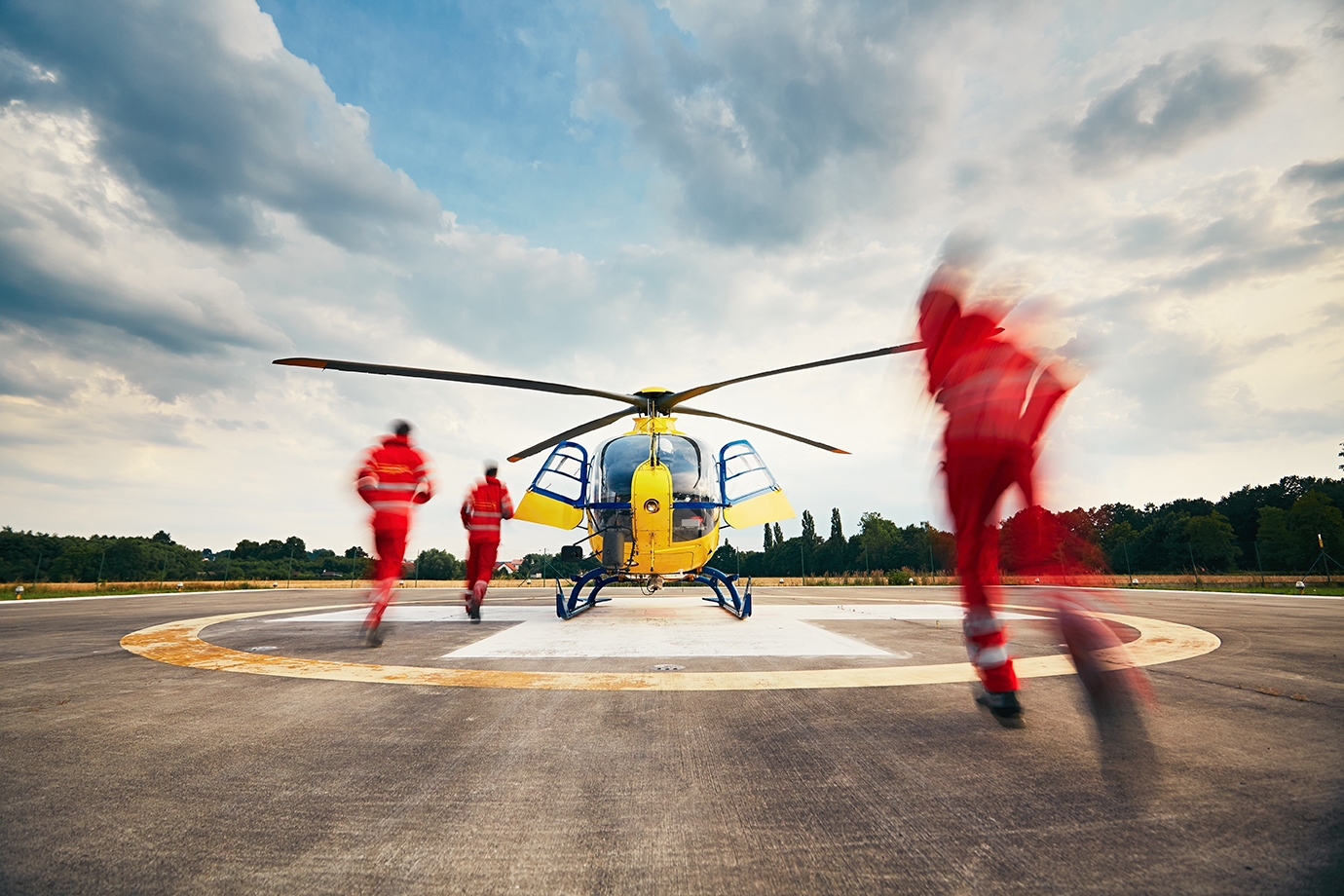Boost for emergency services, space industry
Posted September 9, 2020

A collaboration announced yesterday between NASA Goddard Space Flight Centre (GSFC) and the SmartSat Cooperative Research Centre will advance communications and navigation technology for emergency services in Australia and the United States – and boost Australia’s growing space industry.
SmartSat, based at Lot Fourteen, has embarked on a $245 million research effort over seven years. This program brings together over 100 national and international partners which have invested over $190 million, plus $55 million in Federal Government funding under its Cooperative Research Centres Program.
Working closely with the Australian Space Agency, also based at Lot Fourteen, SmartSat will make a strong contribution to the Australian Government’s goal of tripling the size of the space sector to $12 billion and creating up to 20,000 jobs by 2030.

Pictured in Adelaide in February are SmartSat CRC Chief Research Officer Nick Stacy; SmartSat CRC Industry Advisory Board Director Peter Nikoloff; NASA Search and Rescue Mission Manager Lisa Mazucca, SmartSat Chair Peter Woodgate; GSFC Deputy Director for Research and Technology Investments Christyl Johnson; SmartSat CRC Managing Director Andy Koronios; and SmartSat CRC Director of Communication and Outreach Nicola Sasanelli.
Priority industry sectors for SmartSat include telecommunications, agriculture and natural resources, transport and logistics, mining, and defence and national security.
Space is one of the focus sectors at Lot Fourteen global innovation precinct, which brings together the innovators, businesses and growth industries of the future in a collaborative ecosystem that’s creating economic opportunities and hig -value careers in South Australia.
The project with GSFC will involve Internet of Things pioneer Myriota, also of Lot Fourteen, and two other SA based companies – Safety from Space and Black Art Technologies. The University of South Australia, Flinders University and the Australian Maritime Safety Authority are also involved.
The project was announced by GSFC deputy director for research and technology investments Christyl Johnson. Ms Johnson and NASA Search and Rescue mission manager Lisa Mazzuca attended the Australian Space Forum held in Adelaide in February by the SA Space Industry Centre, when initial concepts of the projects were discussed.
“We’re proud to lend the engineering expertise of our Search and Rescue office as SmartSat CRC works on next-generation rescue technologies,” Ms Johnson said. “GSFC is excited about this new partnership and the new capabilities that it will foster.”
SmartSat CEO and managing director Professor Andy Koronios said the emergency services communication and navigation project was part of systematic and broader activity between GSFC and SmartSat.
“It opens the door to a lot of possibilities for the Australian space community,” he said. “We are delighted to be partnering with the GSFC Search and Rescue office, joining their push towards the Moon and beyond.”
The SmartSat research team, led by Safety from Space’s Co-Founder Dr Mark Rice, will propose new designs for the waveform of the 406 MHz signal sent by beacons through the Cospas- Sarsat network.

The project by SmartSat CRC and NASA GSFC will propose new designs for the waveform of the signal sent by emergency services beacons.
“These new designs will further modernize second-generation beacons, taking advantage of encoding techniques not available when the Cospas-Sarsat network was developed in the 1970s,” Dr Rice said.
“This will enable possibilities for new initiatives for users, emergency management professionals and first responders.“
Future phases of the SmartSat collaboration could support exploration initiatives like the Artemis missions, which will return humans to the Moon for the first time since the last Apollo mission in 1972.
NASA will equip Artemis astronauts with second-generation beacons for use in the event of egress from capsule after splashdown or a launch abort scenario. The Search and Rescue team is working to extend beacon services to the lunar surface with the LunaNet communications and navigation architecture.
Great things come to those who subscribe
Subscribe
"*" indicates required fields
Adelaide 5000
Developed by Frame Creative
Design by The Sideways Theory
Design by Sixth Street Design
Developed by Frame Creative
© Lot Fourteen All Rights Reserved

